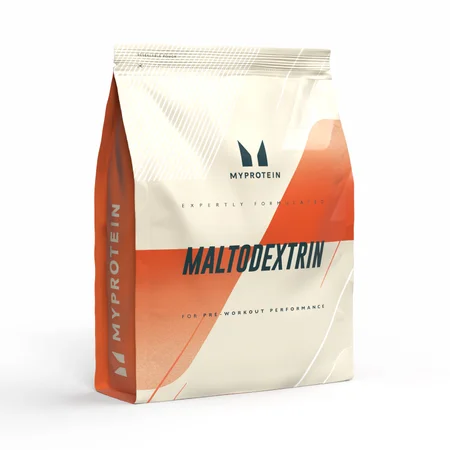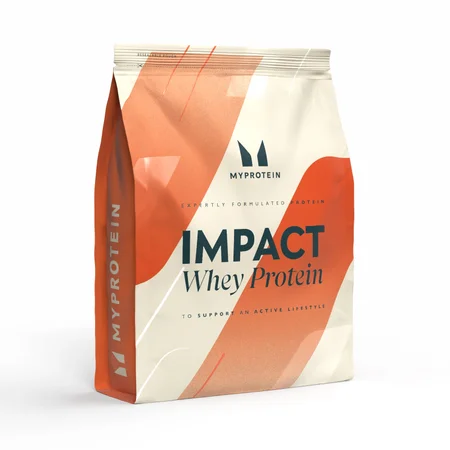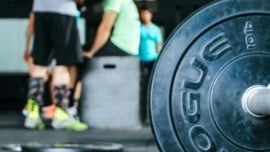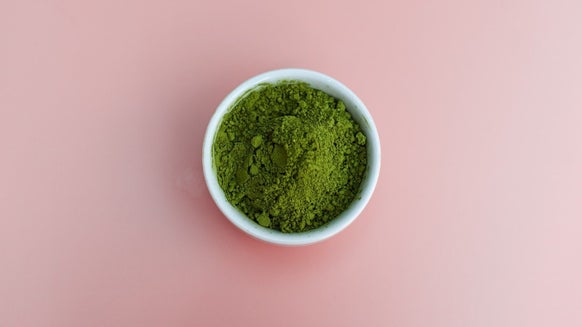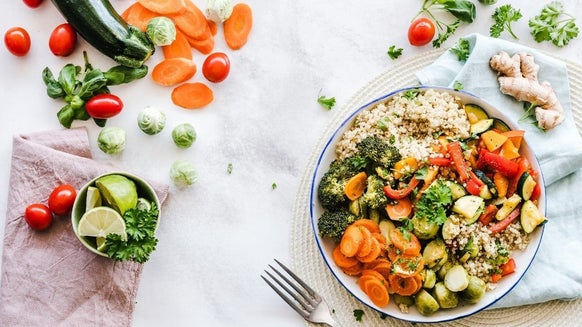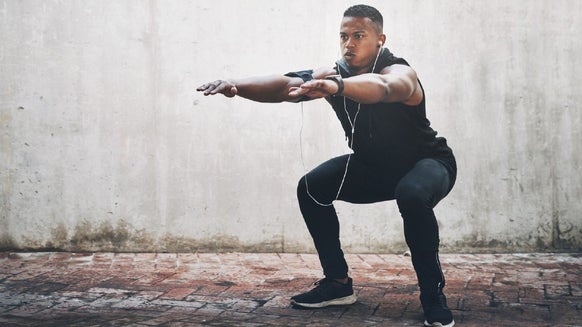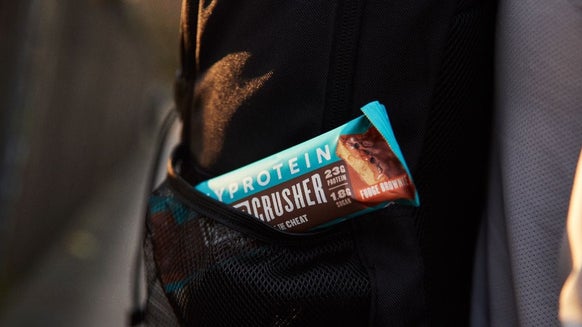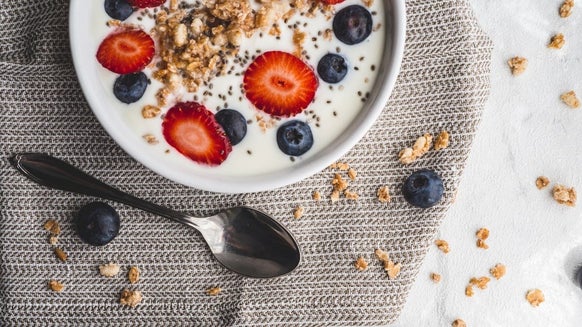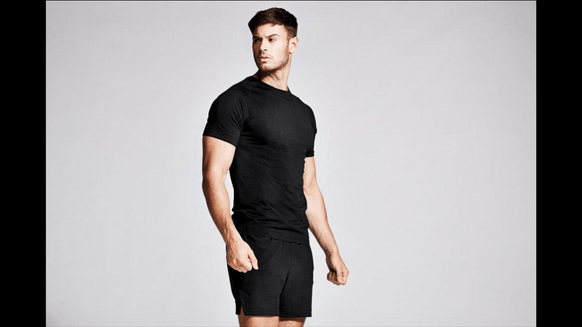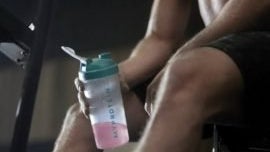These Are The Best Foods For Cutting This Summer
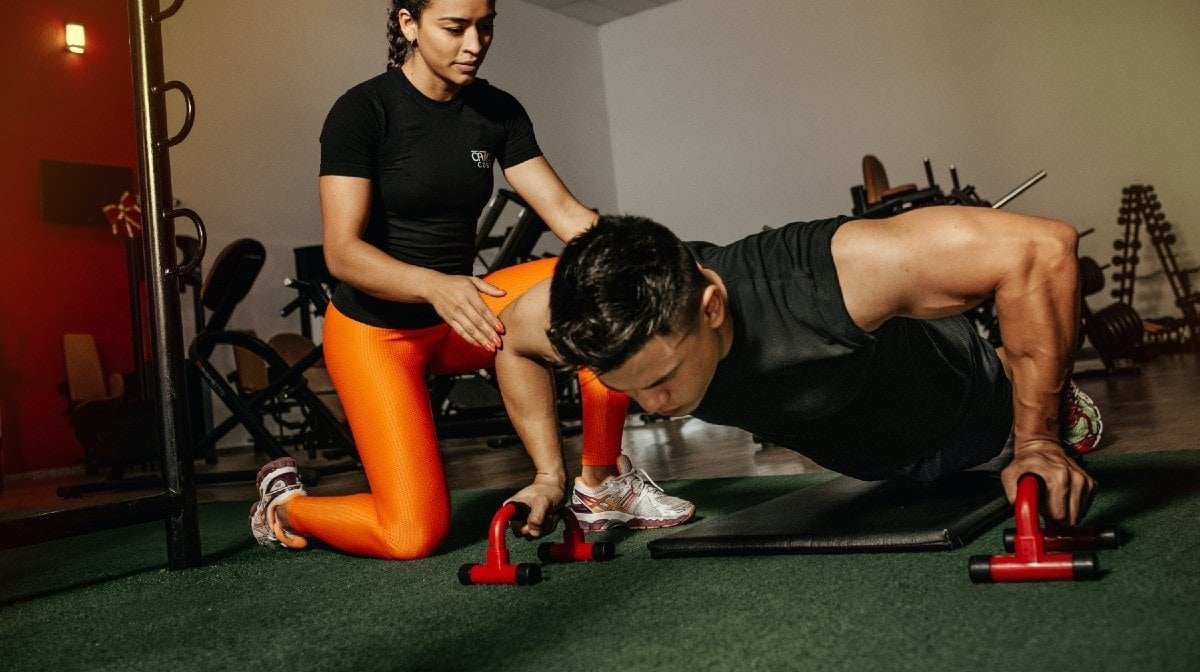
Summer is finally upon us and for some people, that means it’s cutting season. While we advocate for a healthy diet all year round, you might be wondering what the best foods for cutting a little excess body fat are, while holding on to as much of your hard-earned muscle as possible. We've got all the facts on the matter, and some examples of the best foods to stock your kitchen with for a good cut.
How To Cut How Many Calories For Cutting? - Dietary Macronutrient Composition
- Best Cutting Foods
Take Home Message

How To Cut
You’ll find a wealth of conflicting information out there, but the truth is, research has shown us time and time again that by simply reducing your calorie intake and sticking to it, you’ll lose weight. There’s some individual variability with regards to the amount of weight you can lose, but it’s been shown again and again that on the whole it’s as simple as calories in vs. calories burned.
The issue with this is that restricting your calorie intake
We doubt we’ll be the first to tell you that there’s unlikely to be any single ‘magic’ food that can help you shed a few pounds.
Rather, research suggests that, as well as the number of calories you consume, you ought to be looking more closely at the macronutrient composition of your diet. That’s the amount of protein, carbohydrates and fats you’re consuming every day – while eating the healthy foods you’ve always been told to eat (to ensure you get the nutrients your body requires).
This article will give you some ideas for the best foods for cutting while still maintaining your muscle mass and performing at your highest fitness level.

There are lots of different weight-loss strategies out there, and one that works for one person could be less suited to another. Scientific research into long-term weight loss tells us that the most effective way to lose weight is to select a diet that you can stick to – no matter if it’s the latest trend or not.
It’s important to remember that resistance exercise like weight lifting is known to stimulate muscle-protein synthesis, which means that during periods of cutting, it’s important to keep exercising to maintain as much muscle mass as possible.
How Many Calories For Cutting?
It’s well-known that your body needs to be within a calorie-deficit to lose weight, which means intaking less than you expend.
To calculate how many calories you need to eat every day, you should first calculate your basal metabolic rate, or BMR. This is the number of calories you need to simply exist over 24 hours, without moving or exerting yourself. This is based on things like age, gender, height and weight.
Once you’ve worked out your BMR, you can work out your ‘total daily energy expenditure‘, or TDEE, which is the number of calories you need every day for your body to perform its bodily functions and also physical movement like daily activities and exercise.
Calculate a calorie deficit that’s right for you with these 3 steps:
The calculations used are considered the most accurate available, but there may be a little variation by a few calories either way. The good news is that this isn’t likely to make a noticeable difference to your progress. The key to achieving and maintaining a calorie deficit (or negative energy balance) without feeling hungry is to focus on high volume, lower calorie foods. High fibre from plant-based foods and lean protein sources make you feel fuller, longer, while eating fewer calories overall. If you need help, use this article to calculate your calorie deficit.
Dietary Macronutrient Composition
When you’re eating fewer calories than your body needs on a daily basis, your body begins to break down its tissues for energy (known as ‘catabolism’), causing weight loss. Stock up on low calorie foods like vegetables, fruits, and lean protein.
While calorie balance is the most important factor for cutting, what you’re choosing for your meals is the key to preserving muscle mass while burning fat - that’s the difference between fat loss and weight loss. Maintaining a negative calorie balance while still achieving your protein goals will be the key to targeting fat loss.
Protein
The amount of tissue breakdown that occurs within muscles during calorie restriction has been shown to be directly related to the amount of protein available in the body. This is known as ‘net protein balance’.
For this reason, research has shown that one of the most important dietary components for retaining your muscle mass during periods of calorie restriction is protein.
Research in the
High-protein, low-fat foods like chicken or turkey are also relatively low in carbs. Focusing on foods that are high in protein, are good for volumizing your meals and creating a satiating effect during digestion. When you’re feeling fuller, longer, you’re less likely to go over your calorie goals for the day.
Carbohydrates
Carbohydrates have become the least trendy macronutrient in recent years – probably due to the rising trend of high-fat, low-carb diets like the ketogenic diet.
The truth is that carbohydrates provide our bodies with the most efficient form of energy it needs to perform at its best during a workout. It’s rarely a good idea (unless your doctor as advised you so) to cut out entire food groups – including carbs.
Studies have shown that both low-fat and low-carbohydrate diets result in similar amounts of weight loss – it’s about finding a balance that you can stick to in the long run.
Check out our article on why carbs are so important here:
Fat
Fats provide us with lots of essential nutrients, and are an important component of any diet. However, research has shown that it’s important to eat enough protein to minimise the amount of muscle you lose during weight loss, so based on this, you’ll need to reduce your calories slightly from either your carbohydrate or fat intake, or both.
Choose the diet that you can stick to the best, while ensuring you’re not missing out on any important nutrients. Carbs are brimming with B vitamins
Best Cutting Foods
If you’ve tracked before and found yourself becoming obsessive over calories, tracking may not be for you. If you feel you can track in a way that’s healthy, tracking calories is a good option for achieving healthy weight loss.
Protein
It’s important to ensure that you eat enough protein to maintain your muscle mass during calorie restriction. One gram of protein contributes 4 calories. The best cutting foods are considered to be:
Lean meat Fish Eggs Dairy Pulses (like lentils, beans, peas and chickpeas) Tofu Seeds Nuts
Egg yolks, dairy, nuts and seeds contain more of the healthy fat than other sources, while the pulses contain more carbohydrates. If you’re restricting either one, pop them into your nutrition tracker to double check.
Protein supplements like whey protein, casein protein and plant-based proteins are a convenient option to boost your protein intake at an affordable price. Plus, it’s been shown that whey is a fast-digesting protein — ideal post-workout – whereas casein is known to be better just before bed to fuel your muscles with a slower-digesting protein.
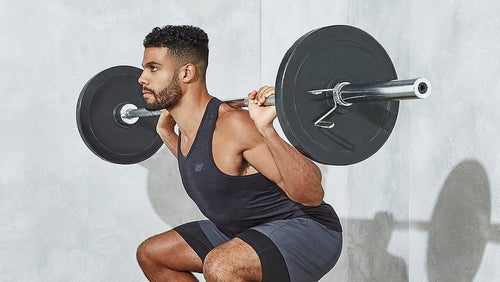
How Many Protein Shakes A Day is Healthy?
Can you ever have too much of a good thing?
Carbohydrates
When you’re cutting, the best carbohydrate sources are the type that digest slowly to keep you feeling full and satisfied. While you might think of fruit and veggies as mostly carbs, they have relatively low macro values overall for their volume, making them good foods for cutting. These are known as ‘complex carbohydrates’. One gram of carbs contributes 4 calories. The best foods for cutting are considered to be:
Whole grains and cereals Whole wheat bread, rice and pasta Starchy vegetables like potatoes, pumpkin, squash and sweetcorn
After a workout, however, you can refuel your muscles with simple carbohydrates to maintain your body’s rate of muscle growth and retention. Ideal simple carbohydrate sources are:
High-sugar fruits like bananas Dextrose, maltodextrin and other carbohydrate supplements
Fat
Fats are an essential part of anyone’s diet, and shouldn’t be completely cut out, but they’re not all created equal. For example, it’s advised that your intake of saturated fat should be relatively low (recommendations sit at around 20g per day), while it’s thought that your intake monounsaturated and polyunsaturated fats should be higher (around 60g per day).
1 gram of fat contributes 9 calories - so keep this in mind when balancing your calories and macros. If you choose to temporarily restrict your fat intake while cutting, these numbers will be lower.
In regards to fat sources, the best cutting foods are considered to be:
Fatty fish like salmon and mackerel Nuts and seeds Avocados Extra-virgin olive oil (eat this cold) Olive oil, rapeseed oil (you can cook with these)
The fat in meat and dairy contains more saturated fat than the above sources, but they still contain plenty of essential nutrients. You can try to limit your intake of fatty meats and dairy but you don’t necessarily need to completely cut them out of your diet.
Take Home Message
No matter the type of diet you’re on, the three most important factors during cutting are reducing your calorie intake slightly, eating enough protein and continuing with resistance exercise to maintain muscle mass.
The best type of diet is simply one you can stick with consistently until you reach your goal weight. But a few treats here and there are unlikely to do any harm, and especially won’t hamper your progress if you stay within your calorie and protein intake goals.
It’s important to note that while it’s great to have a healthy body mass index, weight-loss diets should be considered as temporary (ideally until you reach a healthy weight). You shouldn’t place your diet within a permanent calorie-deficit, as you could be depriving your body of the nutrients it needs to stay functioning properly.
Finally, it’s important to remember that tracking calories can trigger disordered eating in some people, so be aware of this risk. If you’re someone who has experienced this before, avoid tracking calories and focus on eating a healthy, varied diet.

Claire is a Registered Dietitian through the Academy of Nutrition and Dietetics and a board-certified Health and Wellness Coach through the International Consortium for Health and Wellness Coaching. She has a Bachelor of Science in Biology and a Master’s degree in Clinical Dietetics and Nutrition from the University of Pittsburgh.
Talking and writing about food and fitness is at the heart of Claire’s ethos as she loves to use her experience to help others meet their health and wellness goals.
Claire is also a certified indoor cycling instructor and loves the mental and physical boost she gets from regular runs and yoga classes. When she’s not keeping fit herself, she’s cheering on her hometown’s sports teams in Pittsburgh, or cooking for her family in the kitchen.
Find out more about Claire’s experience here.
- Murphy, C. H., Hector, A. J., & Phillips, S. M. (2015). Considerations for protein intake in managing weight loss in athletes. European journal of sport science, 15(1), 21-28.
- Verreijen, A. M., Verlaan, S., Engberink, M. F., Swinkels, S., de Vogel-van den Bosch, J., & Weijs, P. J. (2015). A high whey protein–, leucine-, and vitamin D–enriched supplement preserves muscle mass during intentional weight loss in obese older adults: a double-blind randomized controlled trial. The American journal of clinical nutrition, 101(2), 279-286.
- Jakicic, J. M., Clark, K., Coleman, E., Donnelly, J. E., Foreyt, J., Melanson, E., … & Volpe, S. L. (2001). Appropriate intervention strategies for weight loss and prevention of weight regain for adults. Medicine & Science in Sports & Exercise.
